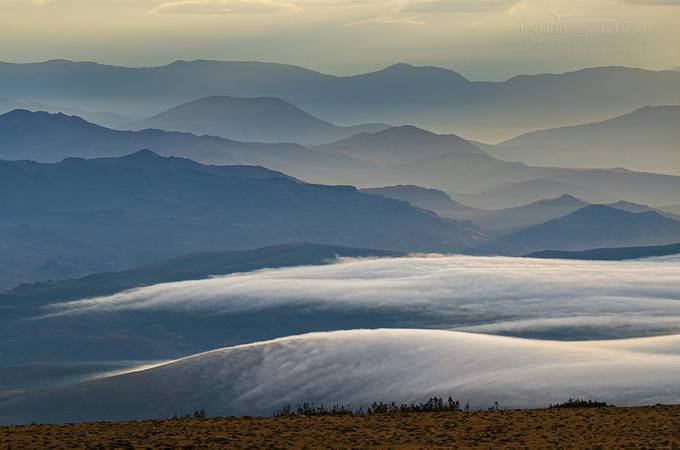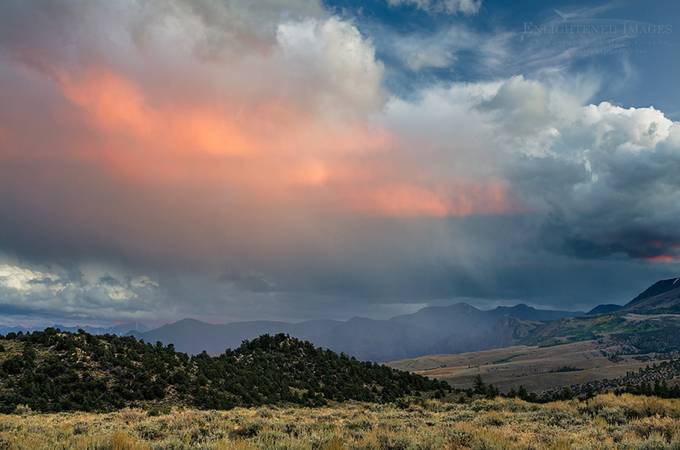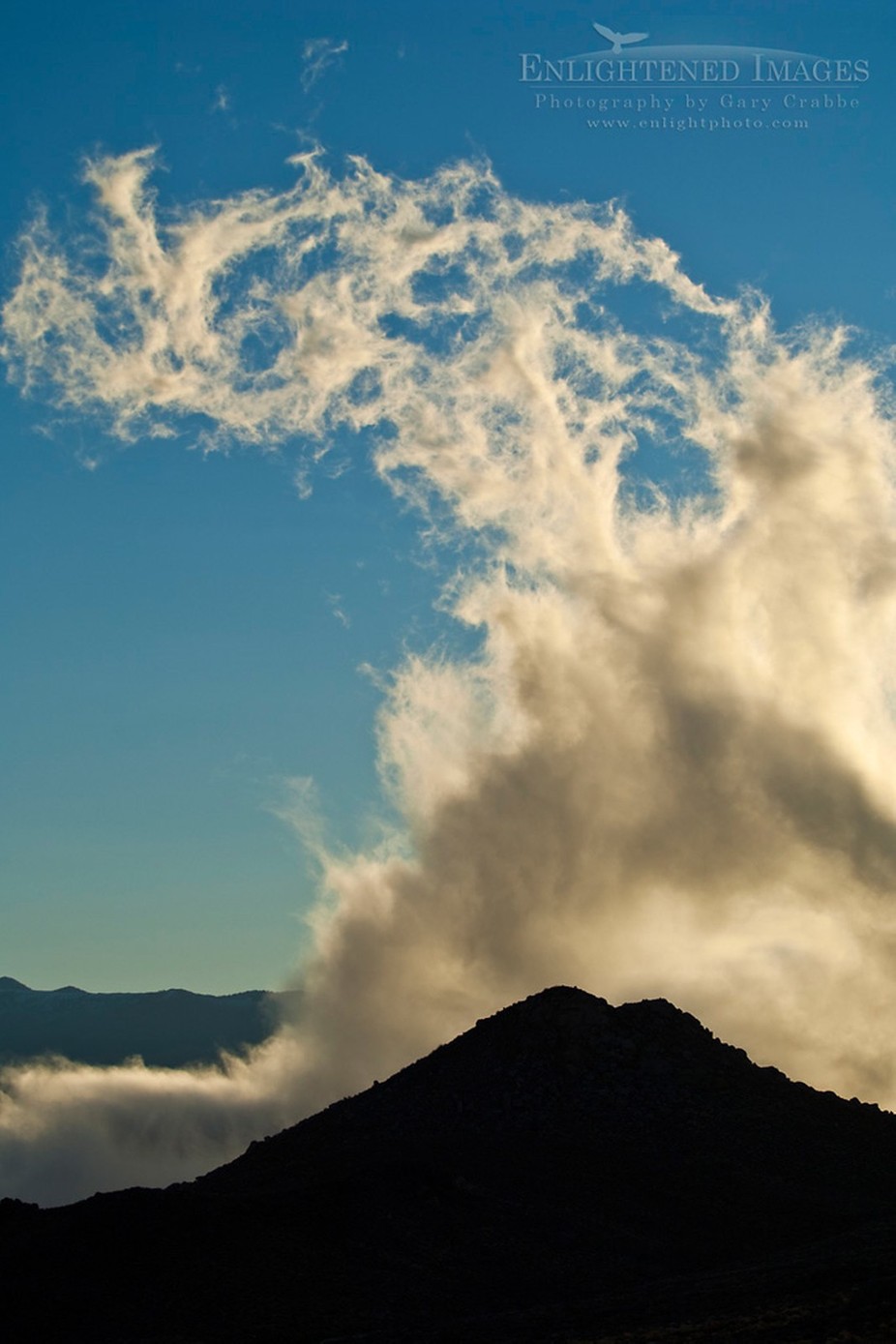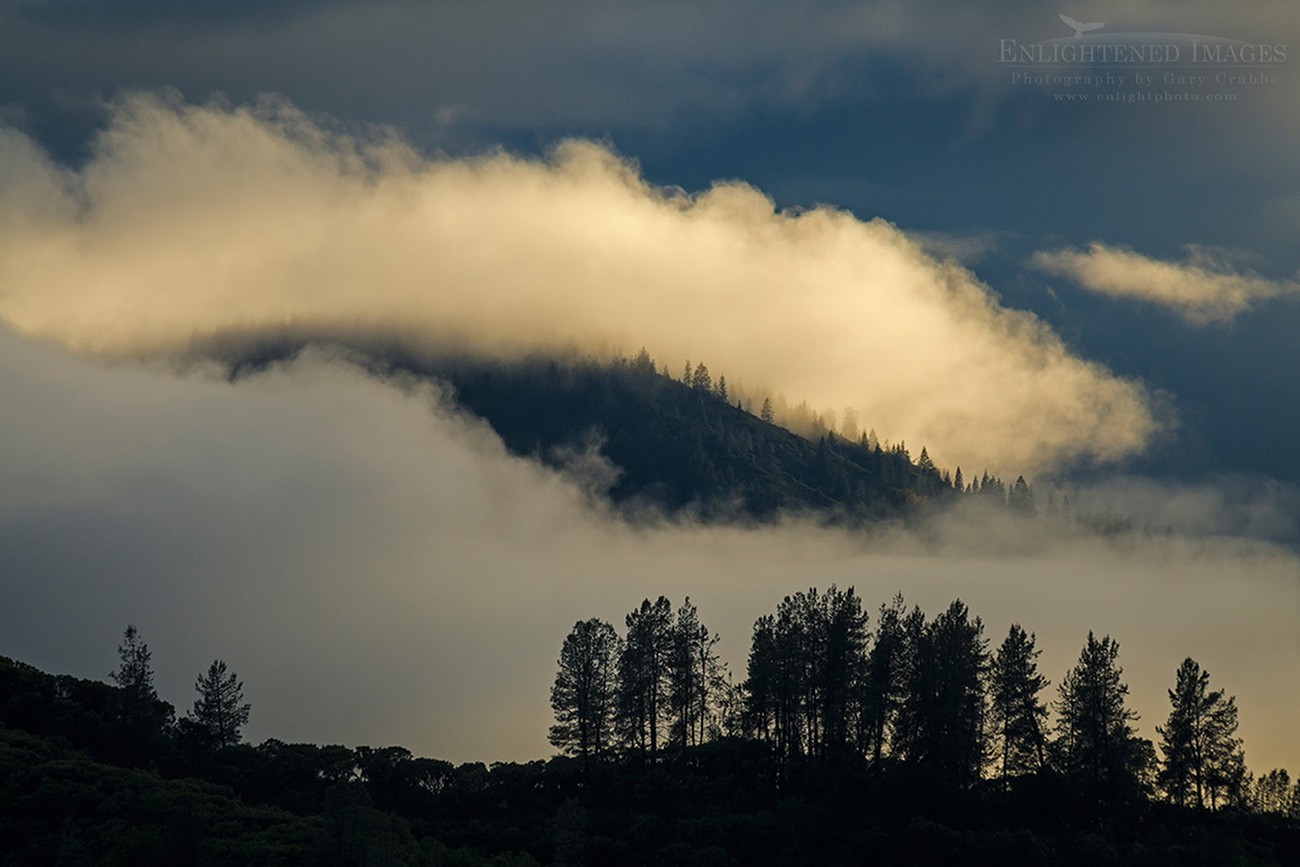Guest judge Gary Crabbe shares his top tips and insights for photographing clouds, fog and mist.Gary began taking pictures while in college, where he studied Psychology and received his Master’s Degree in Directing, Acting, and Writing for the Theater. It was there he started shooting stage productions using black and white film. After graduation, a twist of fate led Gary to the studio of renowned photographer Galen Rowell, where he managed the 400,000 image library and Stock Department of Mountain Light Photography for nine years. In 1999, he turned to his own photography when he opted to become a stay-at-home dad following the birth of his first child.
Like many photographers, I love shooting in a variety of weather and natural lighting conditions. Probably my least favorite weather condition is that typical boring blue sky, middle-of-the-day lighting many meteorologists refer to as a case of the "severe clear." That’s the one natural lighting condition which often fails to add any sort of atmospheric effect to our photos. But the moment you add clouds, fog, or mist, you suddenly have a greater opportunity to capture an image that conveys a unique mood, or document natural lighting conditions which give your photos a special visual attraction to your viewers.

These days, with the amount of images constantly pouring into social media streams highlighting natural phenomena like the storm chasing photos taken from across the American Heartland, it's easy to be taken in by the raw visual power of the atmosphere at those most dramatic moments. And like the fantasy-style landscapes and the dreamy, cosmic night shots featuring the Milky Way rising into the sky, these images seem to capture the broadest appeal, and sit at the summit of the photographic trophy wall.

Yet one of the things I love most about the atmosphere is the constant change and the complete range of drama and mood that can be captured in a photo, spanning the gamut from subtle and pastel, to graphic and monochromatic, or highly evocative with vibrant colors.

When it comes to photographing clouds in the sky, or watching the fog or mist rising off the land, one of the aspects that I am most personally drawn to on a larger, more-internalized aspect is that these conditions represent our planet being alive. True, it's merely a mixing of air, water, light, and heat, but it's a pattern and process that has been happening continually across the entirety of our planet for countless eons. Every time we feel the wind on our skin, see clouds moving across the sky, watch mist rising out of a forest after a rainstorm or off a lake on a cold winter's morning, we are witnessing the way in which our planet breathes.

By carrying this internalization with me out into the field, I am able to use my camera to focus on emphasizing those natural moments as they occur, which help me to convey that deeper mystical meaning, or impart a sense of mood or emotion which evokes a more primitive and primordial feeling within the viewer.

When I'm out teaching my photographic workshops or giving educational presentations, one of the things I always mention is how much I love shooting in the fog. The reason I give is because fog seems to shrink your perspective on the world and makes everything appear and feel much more intimate. When shrouded in fog or clouds, shooting big landscapes usually doesn't work as well, but it does give us the opportunity to search out more intimate details around us that we might otherwise overlook.

From a technical perspective, many of the same basic photographic rules apply to shooting clouds, fog, or mist, just as they would with any other type of subject. Having a strong composition is always an important consideration in helping guide your viewer’s eye through a frame effectively and without distraction. It's also important to remember that the brightest part of your frame will always be the first thing to catch the attention of the person looking at your photo. Also, choosing the right exposure can drastically affect the type of mood that you are trying to convey. A lighter exposure will soften the color palette and create a much gentler, quiet mood, while darker exposures will saturate the color palette and tend to create a much more dramatic mood. Remember also that your camera meter wants to see the world as 18% neutral gray. Therefore, if you're shooting with a lot of bright white clouds or fog, you may want to open up your exposure by a stop or more to render the clouds closer to a cleaner shade of white. The same is true if you're shooting into mist or fog that is backlit by a rising or setting sun. Your camera will want to underexpose the scene, creating a darker and more dramatic mood. It's always a good idea to bracket your exposures by several stops while shooting, so that when you get back home and are editing your photos, you'll have a nice range of exposures to choose from, rather than having to do a lot of corrective work during post-processing.

And as with any other image you take, remember that photography is about communication. So as you look through the viewfinder, keep in mind the story you are trying to tell the viewer, and help them focus in on what you want them to see.


